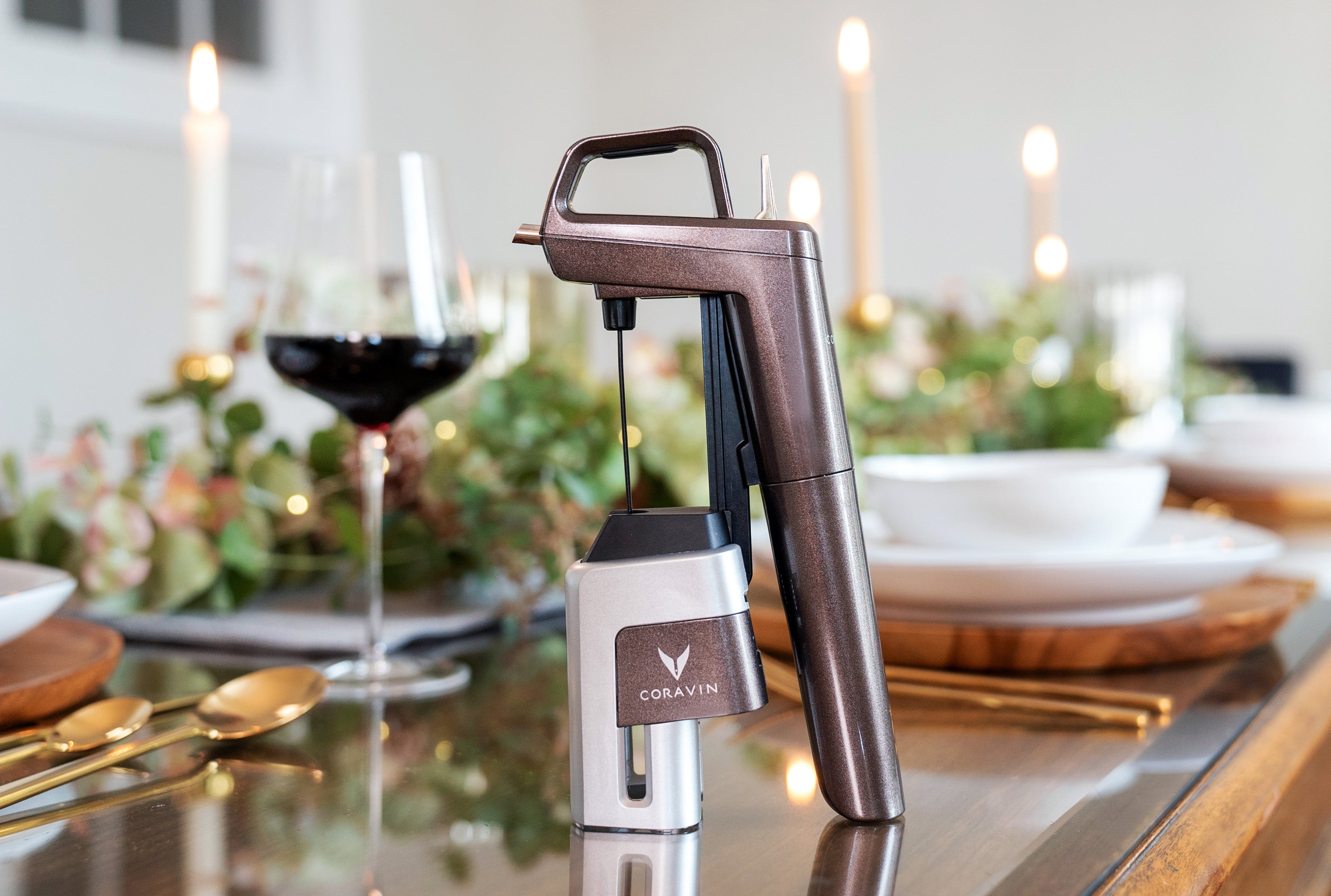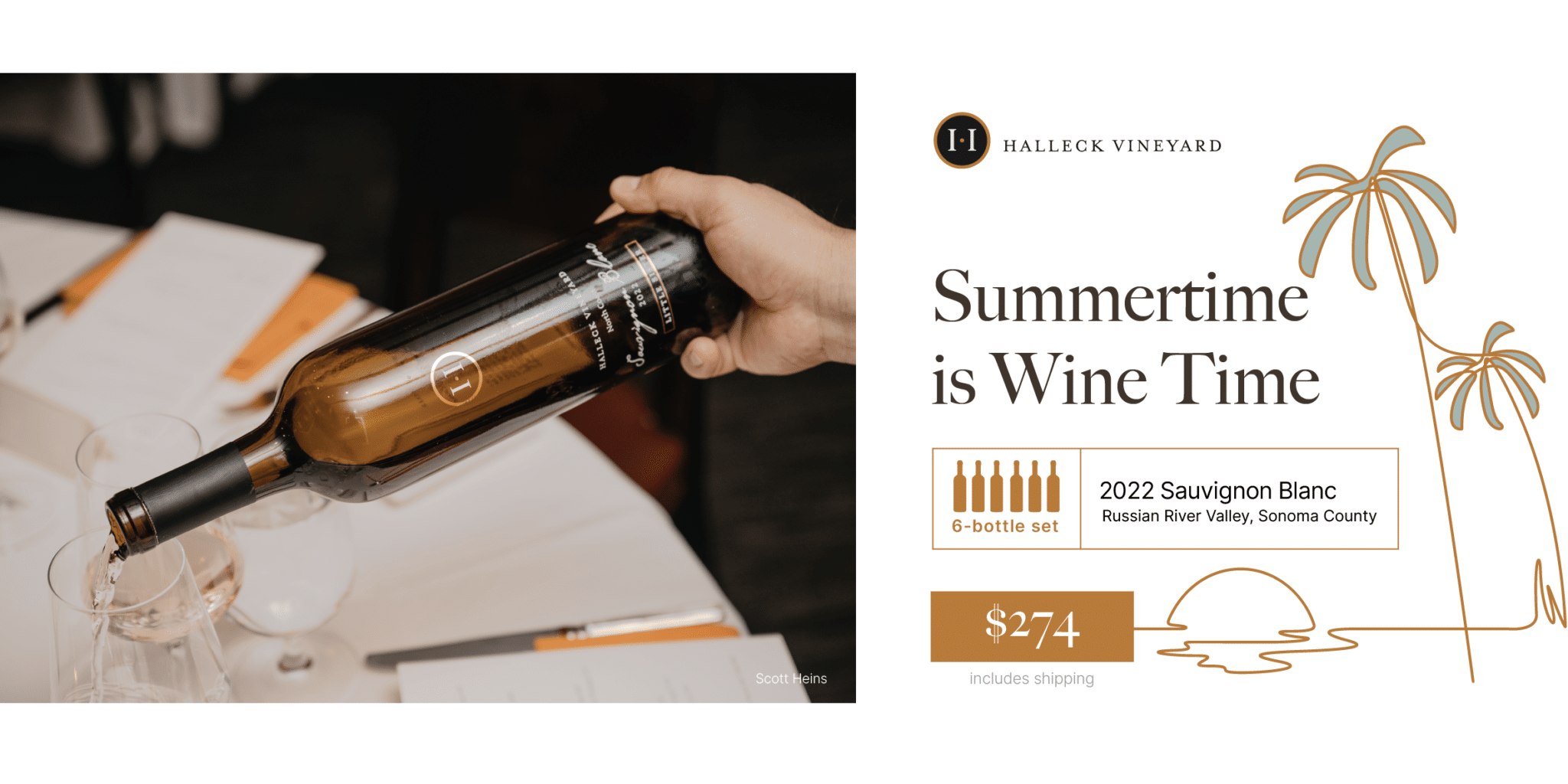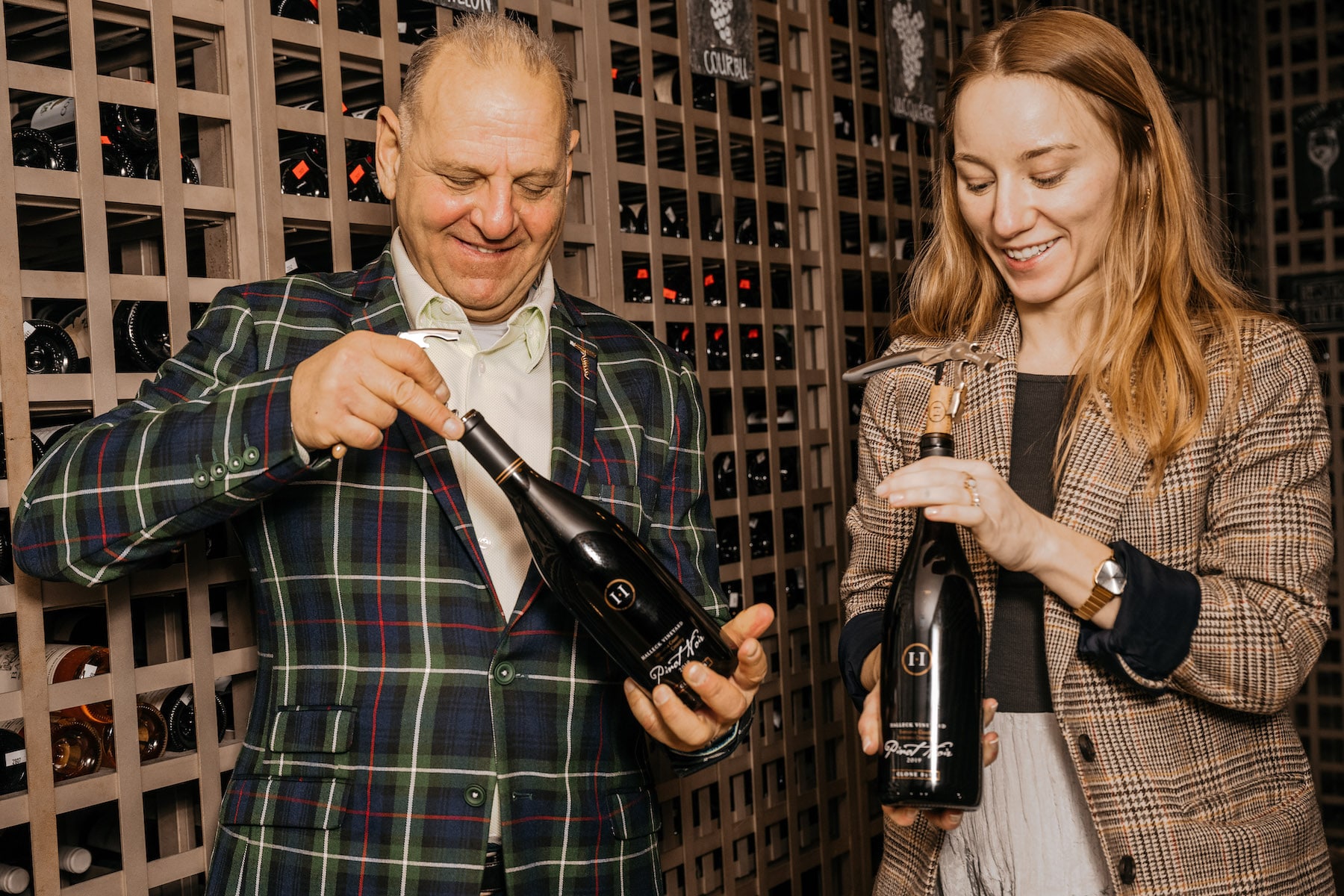Wineries Near Highway 12 - Wineries In The Sebastopol Region
Wineries Near Highway 12 - Wineries In The Sebastopol Region
Blog Article
Family-Oriented Wine Tasting Venues In Sebastopol - Sonoma Vineyards To Explore
Wine tasting is an art that combines sensory experience with an appreciation for the nuances of various varietals. How to judge flavors in winery wine tasting sessions is pivotal to greedy the complexities of wine.
Participating in a wine tasting entails greater than merely sipping and savoring. It requires a targeted method to establish aromas and flavors that each wine presents. As you begin, observe the wine's appearance, noting its shade and readability. These visual cues usually counsel a wine’s age, grape variety, and even potential flavor profiles.
The subsequent step within the tasting process is to swirl the wine in your glass. This action releases fragrant compounds which might be very important for analysis. Lean in and take a moment to inhale deeply; the aromas can vary from floral and fruity to spicy and earthy. The nose of the wine is simply as essential because the palate, and recognizing scents performs a big role in understanding the general experience.
When taking your first sip, enable the wine to move throughout your palate - Small Batch Wineries In Sonoma Valley. Notice the initial flavors that present themselves. Is the wine fruity, floral, or maybe herbaceous? This preliminary taste offers insight into what the wine is prone to specific as you continue to gauge it. The mouthfeel additionally contributes to the general flavor experience; it may be silky, tannic, or even effervescent.
Breathtaking Views From Sonoma Wineries - Sebastopol's Vibrant Wine Scene
As you continue tasting, pay consideration to the wine’s steadiness. A well-balanced wine will harmonize acidity, sweetness, and tannins. If one element overwhelms the others, it might indicate a much less fascinating high quality. Evaluating stability might help you determine how well the wine may pair with food.
Transitioning to the end, contemplate how the flavors evolve because the wine lingers on your palate. A lengthy, pleasant finish can indicate a high-quality wine, while a short or abrupt finish would possibly suggest in any other case. Replicate on whether or not the flavors remain consistent or if new notes emerge because the wine settles. This development can reveal complexities and intricacies that may not have been apparent within the preliminary tasting.
Temperature is also a crucial think about evaluating wine flavors. Completely Different forms of wine are optimally enjoyed at particular temperatures. White wines often shine when chilled, whereas purple wines generally perform finest at room temperature. When tasting, make sure the wine is at the appropriate temperature to completely respect its character.
Charming Wineries Offering Wine And Food Pairings - Tasting Rooms In Sebastopol
Pairing food with wine can greatly enhance the tasting experience. Foods can influence the perception of flavors in wine, both highlighting sure traits or diminishing them. When evaluating flavors, consider how the wine interacts with totally different meals, noticing which flavors are amplified or muted (Wineries That Welcome Walk Ins).
Consider the affect of terroir as you engage in a winery tasting. Terroir encompasses the unique environmental factors that affect grape rising, including soil composition, climate, and geography. Understanding a wine's terroir can present perception into its flavors and aromas, fostering a deeper appreciation for the alternatives made during its cultivation and manufacturing.
Schooling plays a fundamental position in enhancing one's ability to judge wine flavors. Studying about grape varieties, wine areas, and production strategies can pave the way in which for extra knowledgeable judgments during tastings. Additionally, attending workshops or classes can refine sensory skills and increase your flavor vocabulary, enabling you to articulate tasting notes more effectively.

Finally, it's important to keep in mind that evaluating wine flavors is a highly personal experience. Particular Person preferences and perceptions will invariably shape one’s tasting journey. Enjoyment ought to be at the forefront, with the evaluation course of acting as a device to link boost understanding and appreciation somewhat than create inflexible pointers.
Wineries Known For Their Hospitality - Wineries With Outdoor Tastings In Sebastopol
In conclusion, mastering tips on how to evaluate flavors in winery wine tasting periods entails a combination of sensory engagement, knowledge, and practice. By learning to identify aromas, assess the steadiness, and respect the intricacies of flavor, wine enthusiasts can deepen their connection to every bottle they encounter. As with any art form, the more one immerses themselves within the experience, the extra they may uncover and enjoy the vast world of wine.
- Begin by observing the wine's shade and readability, as these visual components can hint at its flavor profile and growing older potential.
- Swirl the wine gently in your glass; this releases aromatic compounds, allowing you to higher determine the complicated scents related to the wine.
- Take a deep inhale before tasting, focusing on both primary and secondary aromas to collect insights on fruits, spices, and other nuances.
- When tasting, allow the wine to coat your palate; note the initial flavors, the mid-palate complexity, and the finish as these levels can provide completely different flavor highlights.
- Pay consideration to texture and mouthfeel, as elements such as tannin ranges, acidity, and sweetness contribute considerably to the general tasting experience.
- Examine flavors towards commonplace wine traits; for red wines, think about berry notes, oak affect, and natural tones, while whites could embrace citrus, stone fruits, and floral hints.
- Take notes during the tasting session to trace your impressions, serving to you to remember and consider the completely different wines sampled.
- Talk About your findings with fellow tasters or winery workers, as sharing insights can improve understanding and appreciation of individual flavors.
- Permit time for the wine to breathe; sometimes, flavors evolve and reveal new dimensions after being exposed to air.
- Experiment with food pairings in the course of the tasting as they can dramatically alter how flavors are perceived, influencing general enjoyment.undefinedWhat ought to I look for when evaluating the aroma of wine during a tasting?
Begin by swirling the wine in your glass to launch its aromas. Deliver the glass to your nose and take a deep breath. Pay attention to the primary scents you detect, as these are sometimes essentially view website the most prominent. Look for fruit, floral, natural, or earthy notes and attempt to identify specific traits, which can deepen your understanding of the wine's complexity.
Wineries With Unique Varietals - Exploring The Vineyards Of Sonoma

How can I distinguish between completely different flavor profiles in wine?
Perceive that flavor profiles are sometimes categorized as fruit, floral, herbaceous, spicy, or mineral. Take small sips and allow the wine to coat your palate. Discover the primary flavors that emerge first and the refined notes that follow. This layering is important in distinguishing the wine's characteristics and can help you appreciate its unique profile.
Historical Wineries To Visit In Sonoma - Wine Tasting At Sonoma Vineyards
What is the significance of the wine's texture in a tasting?

The texture of the wine, also identified as mouthfeel, plays an important position in how we perceive flavors. Pay consideration as to if the wine feels clean, creamy, or gritty. The physique of the wine (light, medium, or full) can improve or distinction with flavors, providing a extra rounded experience throughout tasting.
How do I assess the steadiness of flavors in wine?
Balance in wine refers back to the harmony between acidity, sweetness, tannin, and alcohol. Take a moment to assess whether these components complement or intervene with each other. A well-balanced wine may have none of its components overpowering the others, creating a pleasing tasting experience.
Wineries In Green Valley - Sebastopol's Vibrant Wine Scene
What role does temperature play in evaluating wine flavors?
Temperature can considerably influence the notion of flavors. Generally, purple wines are greatest served slightly below room temperature, while white wines benefit from being chilled. As the temperature adjustments, the aromas and flavors can shift, permitting you to understand completely different characteristics. It’s essential to style wine at its optimum temperature for true evaluation.
Wineries That Offer Dog Friendly Areas - A Guide To Sonoma Wineries
How can I enhance my tasting skills over time?
Practice is key to improving your tasting skills. Affordable Wine Tastings In Sonoma County. Attend tastings, keep a journal of your experiences, and explore different varieties of wines to broaden your palate. Moreover, learning about wine manufacturing and grape varieties can provide context that enhances your analysis course of, making you a more informed taster.
Is there a particular order during which I should style the wines?
Wineries Hosting Seasonal Events - Tasting Fine Wines In Sonoma County
Yes, it’s advisable to style wines from light to full-bodied and dry to sweet. This progression prevents the stronger flavors from overshadowing the more delicate ones, allowing you to totally recognize every wine's traits and nuances without palate fatigue.
How can I consider the aftertaste of wine?
Wineries Producing Pinot Noir And Chardonnay - Sonoma County's Best Wine Experiences
The aftertaste, or finish, is a crucial aspect of the wine-tasting experience. After swallowing, pay consideration to how long the flavors linger in your palate and whether they change. A lengthy, nice finish is commonly an indicator of a high-quality wine, while a brief or unpleasant finish could suggest in any other case.
Why is it important to notice the wine’s acidity during tasting?
Acidity contributes to the general freshness and construction of the wine. Pay attention to the tingling sensation on your tongue; larger acidity can improve the wine's liveliness and steadiness out sweetness. Noting acidity helps decide the wine's versatility with food and its aging potential.
What should I do if I struggle to determine particular flavors in wine?
Wineries With Locally Sourced Food Options - A Visit To Sebastopol Wineries
Struggling to determine flavors is widespread, particularly for novices. Focus on broader categories and describe what you presumably can acknowledge, corresponding to candy or earthy notes. With practice, studying about completely different flavor profiles, and maybe utilizing flavor wheels, you may refine your senses and develop a more nuanced strategy to tasting. Report this page